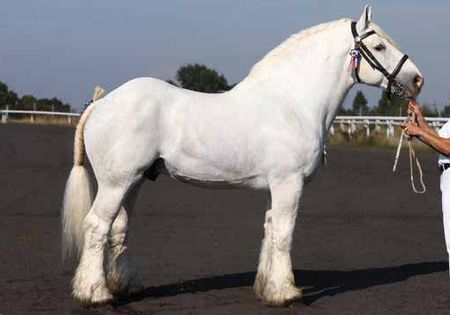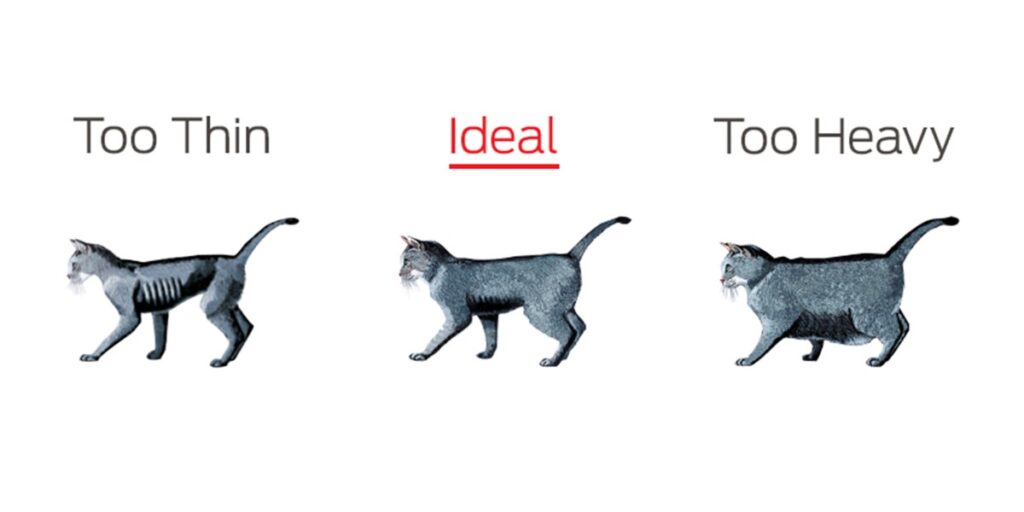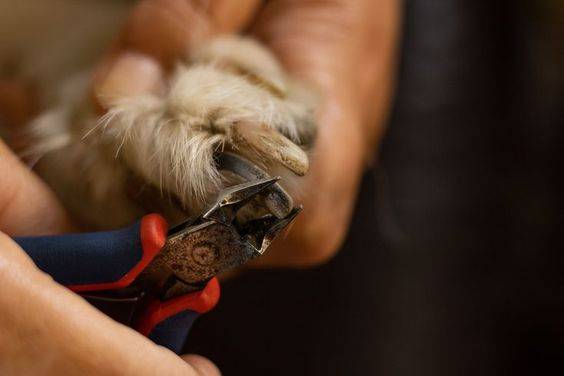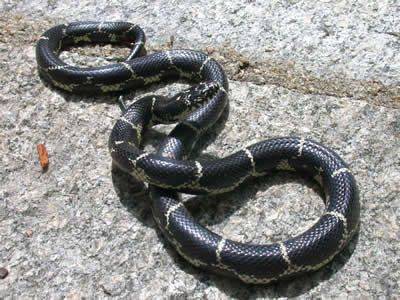Large horse Breeding is both a passion and a profession for many equestrian enthusiasts. Whether you’re a seasoned breeder or considering venturing into the world of large horse breeding, understanding the nuances of this niche is crucial for success. In this comprehensive guide, we delve into the essential tips, insights, and best practices to optimize your large horse breeding endeavors.
1. Understanding Large Horse Breeding:
Before diving into large horse breeding, it’s imperative to familiarize yourself with the various breeds encompassed within this category. From majestic draft horses like Clydesdales and Percherons to powerful warmbloods such as Dutch Warmbloods and Hanoverians, each breed possesses unique characteristics, temperaments, and breeding requirements. Conduct thorough research to grasp the intricacies of your chosen breed, including ideal breeding ages, genetic predispositions, and desirable traits.
2. Selecting Suitable Breeding Stock:
The foundation of successful large horse breeding lies in selecting high-quality breeding stock. Opt for horses with impeccable conformation, sound temperament, and desirable traits conducive to the breed standard. Additionally, prioritize health screenings and genetic testing to identify potential hereditary issues and mitigate breeding risks. Collaborating with reputable breeders and equine professionals can provide valuable insights and guidance in sourcing superior breeding stock.
3. Establishing a Breeding Program:
Developing a structured breeding program is essential for maintaining consistency and achieving breeding goals. Outline clear objectives regarding desired traits, performance goals, and genetic improvement strategies. Incorporate meticulous record-keeping practices to track lineage, breeding history, and performance outcomes. Embrace innovation by leveraging advanced reproductive technologies such as artificial insemination and embryo transfer to optimize breeding efficiency and genetic diversity.
4. Nutritional Management:
Proper nutrition plays a pivotal role in supporting the health, fertility, and development of breeding horses. Tailor dietary plans to meet the specific nutritional requirements of large horse breeding, accounting for factors such as age, activity level, and reproductive status. Ensure access to high-quality forage, balanced concentrates, and essential vitamins and minerals to promote optimal reproductive function and fetal development. Regularly assess body condition scores and adjust feeding regimens accordingly to maintain ideal body condition throughout the breeding cycle.
5. Reproductive Health Care:
Maintaining optimal reproductive health is paramount for maximizing breeding success. Implement a proactive veterinary care regimen encompassing routine examinations, vaccinations, and parasite control measures. Schedule thorough reproductive evaluations for breeding mares and stallions to assess fertility status, detect any underlying reproductive issues, and address potential obstacles to conception. Collaborate closely with your veterinarian to develop tailored reproductive management protocols tailored to the unique needs of your breeding program.
6. Breeding Management:
Effective breeding management practices are instrumental in optimizing conception rates and ensuring the health and welfare of breeding stock. Strategically time breeding cycles based on the estrous cycle of mares and the fertility window of stallions. Embrace modern reproductive technologies such as estrus synchronization protocols and ultrasound-guided breeding techniques to enhance breeding efficiency and success rates. Prioritize proper handling, housing, and socialization to minimize stress and promote reproductive well-being throughout the breeding process.
7. Foaling and Neonatal Care:
The foaling and neonatal stages represent critical junctures in the breeding journey, demanding meticulous care and attention to ensure the health and vitality of newborn foals. Prepare a well-equipped foaling environment with adequate bedding, lighting, and surveillance to facilitate safe and stress-free foaling experiences. Monitor mares closely as their due dates approach, intervening promptly if complications arise during labor or delivery. Implement routine neonatal care practices such as umbilical cord care, colostrum intake, and early handling to promote bonding and establish a strong foundation for foal development.
8. Continued Education and Networking:
The world of large horse breeding is dynamic and ever-evolving, requiring breeders to stay abreast of the latest advancements, industry trends, and best practices. Engage in ongoing education and professional development initiatives through seminars, workshops, and industry conferences to expand your knowledge base and refine your breeding skills. Cultivate meaningful connections within the equestrian community, fostering collaborative relationships with fellow breeders, veterinarians, and equine specialists to exchange ideas, insights, and resources.
Inference:
Large horse breeding is a rewarding yet challenging endeavor that demands dedication, expertise, and a deep appreciation for the art and science of equine reproduction. By adhering to sound breeding principles, embracing innovative techniques, and prioritizing the welfare of breeding stock, you can embark on a journey of excellence in large horse breeding, enriching the equestrian landscape with generations of exceptional equine athletes and companions.







